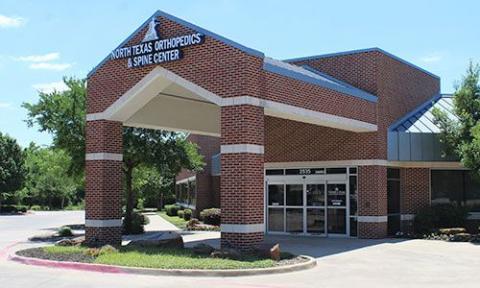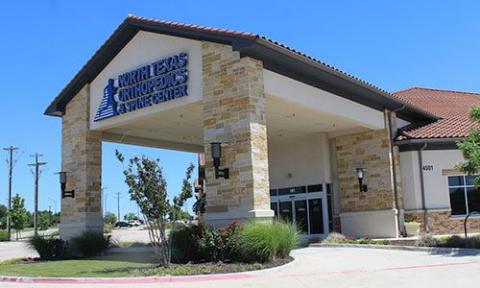Understanding Plantar Fascia Release Using the Open Technique
Plantar fascia release is a surgical procedure designed to alleviate chronic heel pain caused by plantar fasciitis, a condition where the thick band of tissue on the bottom of the foot becomes inflamed. When conservative treatments fail to provide relief, the open technique for plantar fascia release can offer a long-term solution. In this blog post, we’ll explore the causes of plantar fasciitis, the open release procedure, and the recovery process.
What is Plantar Fascia Release?
Plantar fascia release involves surgically cutting part of the plantar fascia ligament to relieve tension and reduce inflammation. The open technique is a traditional surgical approach that provides direct access to the affected area, allowing for precise treatment.
When is Plantar Fascia Release Needed?
This procedure is typically recommended for patients who:
- Suffer from chronic plantar fasciitis that hasn’t improved with non-surgical treatments such as physical therapy, orthotics, or corticosteroid injections.
- Experience debilitating heel pain that interferes with daily activities.
- Have tried conservative treatments for at least 6-12 months without relief.
The Open Technique for Plantar Fascia Release
The open technique provides the surgeon with direct visualization of the plantar fascia, ensuring accuracy in the release. The procedure involves:
- Preparation: The patient is placed under local, regional, or general anesthesia based on the surgeon’s recommendation.
- Incision: A small incision is made on the bottom or side of the heel to access the plantar fascia.
- Partial ligament release: A portion of the plantar fascia is cut to relieve tension and reduce inflammation.
- Debridement: Any damaged or scarred tissue is removed to promote healing.
- Closure: The incision is closed with sutures, and a dressing is applied.
The entire procedure typically takes less than an hour and may be performed on an outpatient basis.
Benefits of the Open Technique
- Direct access: Provides the surgeon with clear visibility of the plantar fascia and surrounding structures.
- Effective relief: Proven to reduce pain and improve function in most patients.
- Comprehensive treatment: Allows for removal of scar tissue and other abnormalities contributing to the condition.
Recovery After Plantar Fascia Release
Recovery times vary but generally include:
- Initial healing: Swelling and discomfort may persist for a few weeks. Pain medications and ice therapy can help manage symptoms.
- Weight-bearing: Patients may need to use crutches or a walking boot initially, transitioning to normal walking over several weeks.
- Physical therapy: Exercises to restore strength and flexibility are often recommended to enhance recovery.
- Full recovery: Most patients return to normal activities within 6-12 weeks, though high-impact activities may require more time.
Potential Risks and Complications
While the open technique is highly effective, potential risks include:
- Infection at the surgical site
- Delayed wound healing
- Nerve injury causing numbness or tingling
- Persistent pain or recurrence of symptoms
Alternatives to Surgery
Before considering surgery, patients are encouraged to try non-surgical treatments such as:
- Stretching and strengthening exercises
- Custom orthotics to support the arch
- Night splints to stretch the plantar fascia during sleep
- Shockwave therapy or ultrasound-guided treatments
Preventing Plantar Fasciitis Recurrence
To reduce the risk of recurrence after surgery:
- Wear supportive footwear with proper arch support.
- Avoid prolonged standing or high-impact activities.
- Maintain a healthy weight to minimize stress on the feet.
- Incorporate regular stretching into your routine.
Conclusion
Plantar fascia release using the open technique is a reliable solution for chronic heel pain that doesn’t respond to conservative treatments. With proper care and rehabilitation, most patients experience significant relief and improved mobility. If you’re considering this procedure, consult a qualified foot and ankle specialist to determine if it’s the right option for you.
For more information on foot health and treatment options, explore our blog or schedule a consultation with one of our specialists today.



